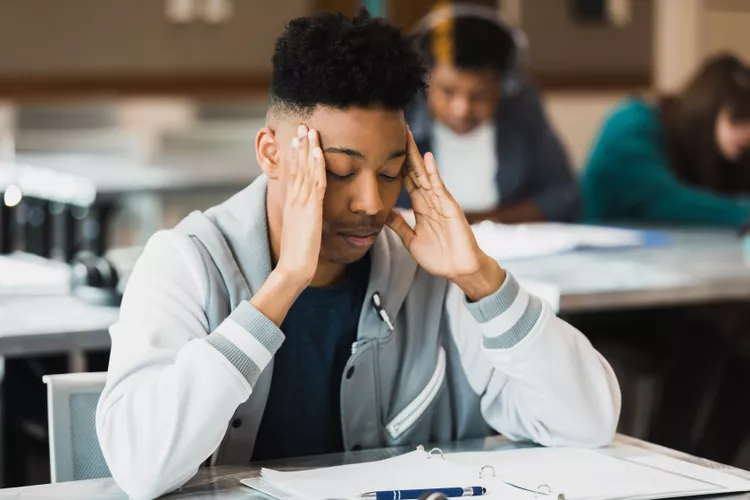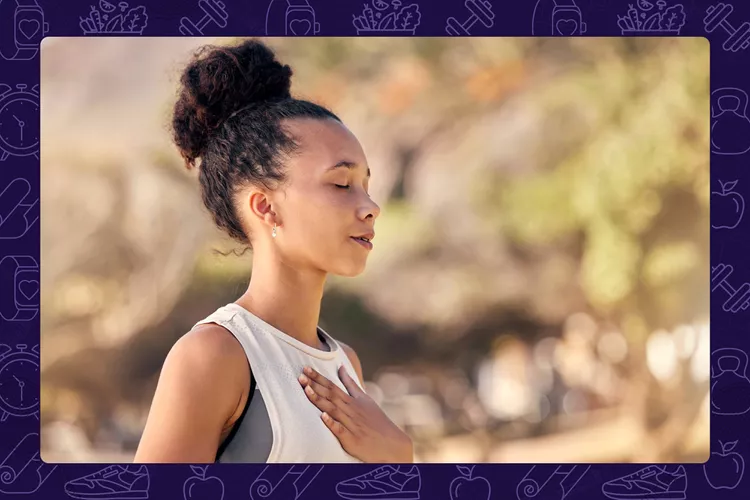SIGNS AND SYMPTOMS OF ANXIETY: WHAT TO LOOK FOR
Anxiety is a natural response to stress or perceived threats, but when it becomes persistent and overwhelming, it may indicate an anxiety disorder. While occasional fear or worry is normal, anxiety disorders involve excessive fear that affects everyday functioning.
How to Identify Anxiety in Others
Roughly 31% of U.S. adults will experience an anxiety disorder in their lifetime. Common types include generalized anxiety disorder (GAD), panic disorder, phobias, agoraphobia, OCD, and PTSD. Each presents differently but often shares symptoms like excessive worry, restlessness, and fear.
Key Symptoms of Anxiety
Excessive Worrying
People with anxiety often experience persistent and intrusive thoughts that are difficult to control. This worry may center around daily concerns such as work, health, or relationships and is often disproportionate to the actual situation.
Cognitive Symptoms
-
Difficulty concentrating
-
Fear of losing control or detachment from reality
-
Confusion, memory issues, or racing thoughts
Physical Symptoms
-
Headaches, nausea, or muscle tension
-
Fatigue or shortness of breath
-
Dizziness, sweating, or dry mouth
-
Upset stomach or diarrhea
Behavioral Symptoms
-
Avoiding situations that may cause anxiety
-
Seeking reassurance excessively
-
Irritability or agitation
-
Using substances like alcohol or drugs to cope
-
Difficulty sleeping or staying asleep
Specific Anxiety-Related Conditions
Agoraphobia
Characterized by a fear of places or situations where escape might be difficult. Symptoms include:
-
Avoidance of public spaces
-
Fear of being alone or losing control
-
Physical symptoms like chest pain, nausea, or sweating
Obsessive-Compulsive Disorder (OCD)
Involves obsessions (intrusive thoughts) and compulsions (repetitive behaviors). Signs include:
-
Repeated handwashing or checking
-
Distress if routines are interrupted
-
Spending over an hour daily on compulsions
Panic Disorder
Causes sudden and intense episodes of fear. Symptoms peak within minutes and may feel like a heart attack:
-
Pounding heart or chest pain
-
Shortness of breath or choking sensation
-
Numbness, sweating, or fear of dying
Phobias
Extreme fear of specific objects or situations (e.g., heights, spiders). Common reactions include:
-
Rapid heartbeat and trembling
-
Overwhelming urge to escape
Post-Traumatic Stress Disorder (PTSD)
Triggered by trauma, symptoms include:
-
Avoidance of reminders
-
Flashbacks or nightmares
-
Hypervigilance and mood changes
When to Seek Help
If anxiety symptoms interfere with daily life or cause physical and emotional distress, consider consulting a healthcare provider. They may suggest medication, therapy, or lifestyle adjustments such as improving sleep, reducing stress, and avoiding stimulants.
Helpful Questions to Ask Your Provider
-
Do I need medication or therapy?
-
What relaxation techniques are recommended?
-
Could other conditions be contributing to my anxiety?
Quick Summary
Anxiety disorders are highly treatable with the right support. Understanding your symptoms is the first step toward relief. Don’t hesitate to seek help—a combination of professional care and healthy habits can significantly improve your quality of life.

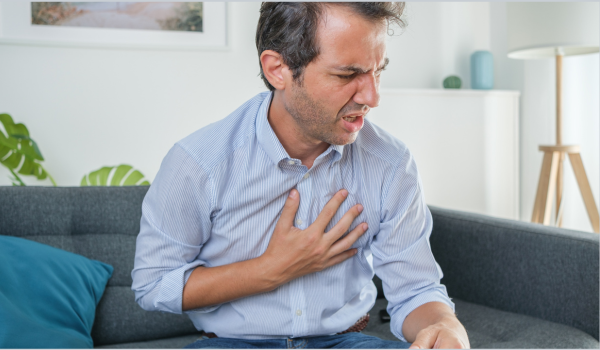
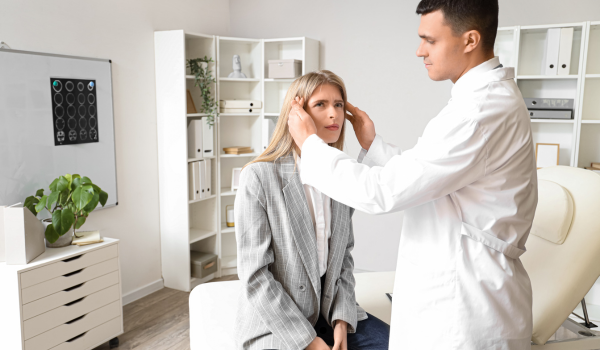


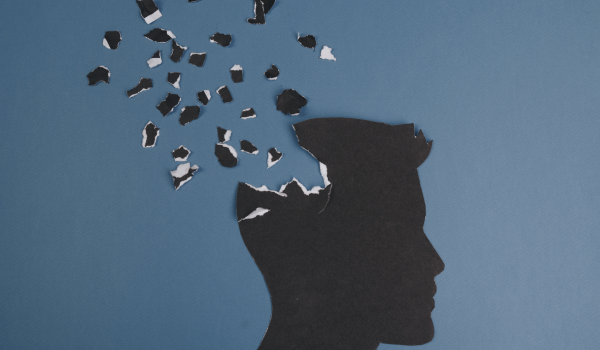





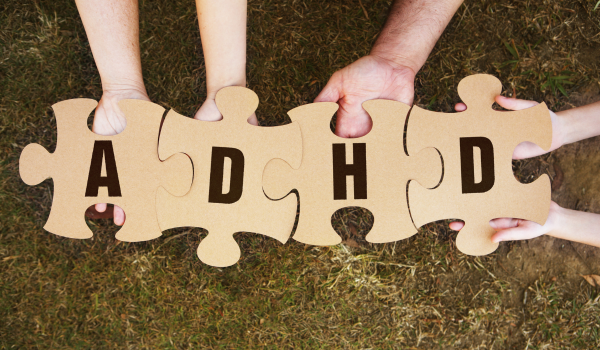



.png)

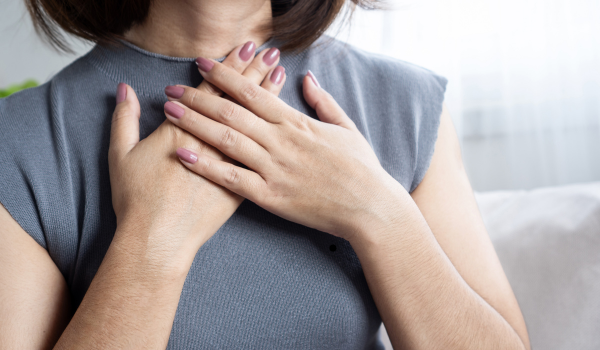

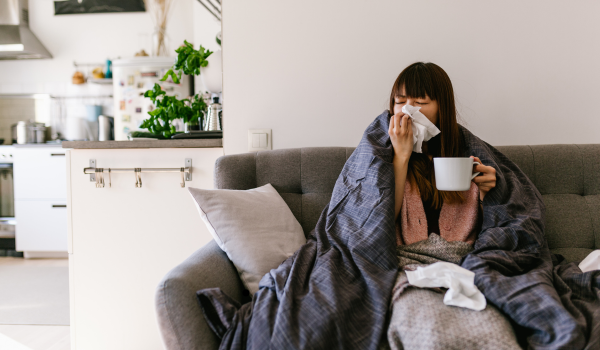
.png)


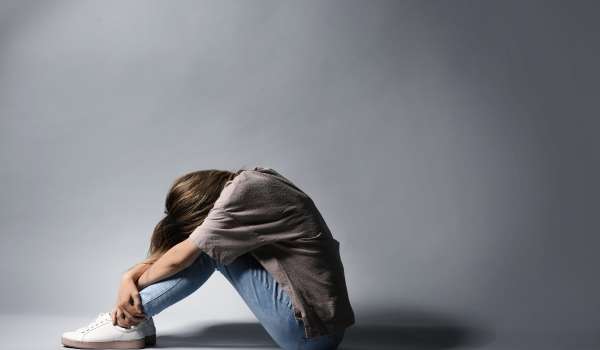

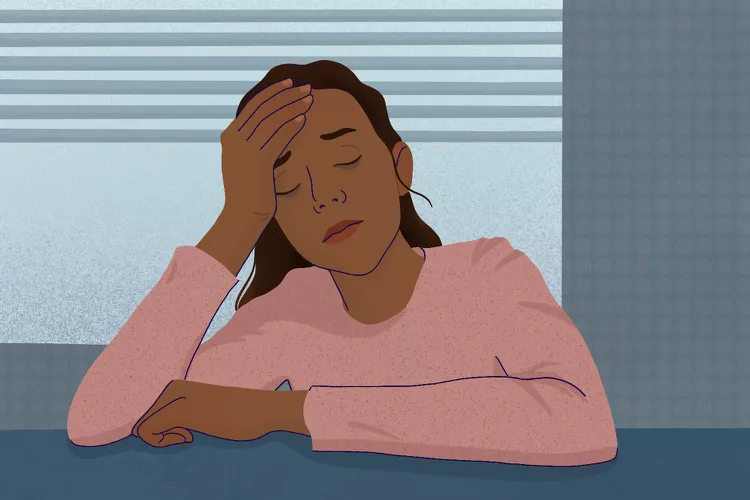
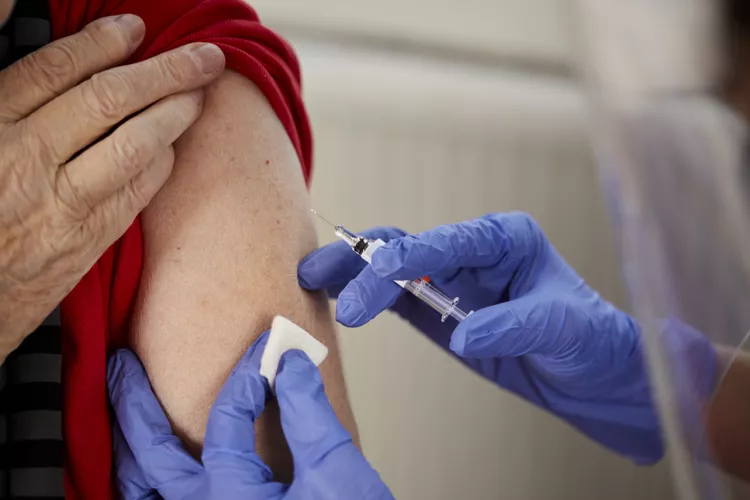
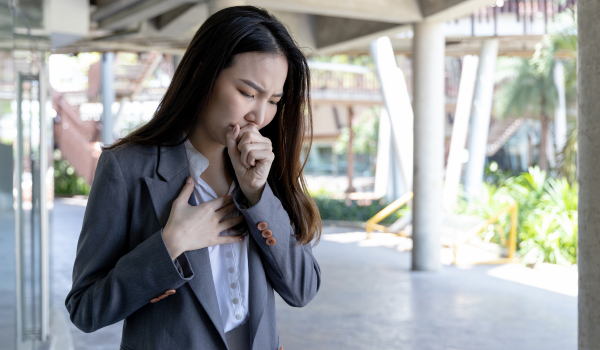
.webp)
.webp)

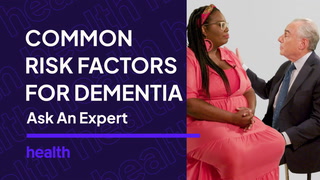
.png)


